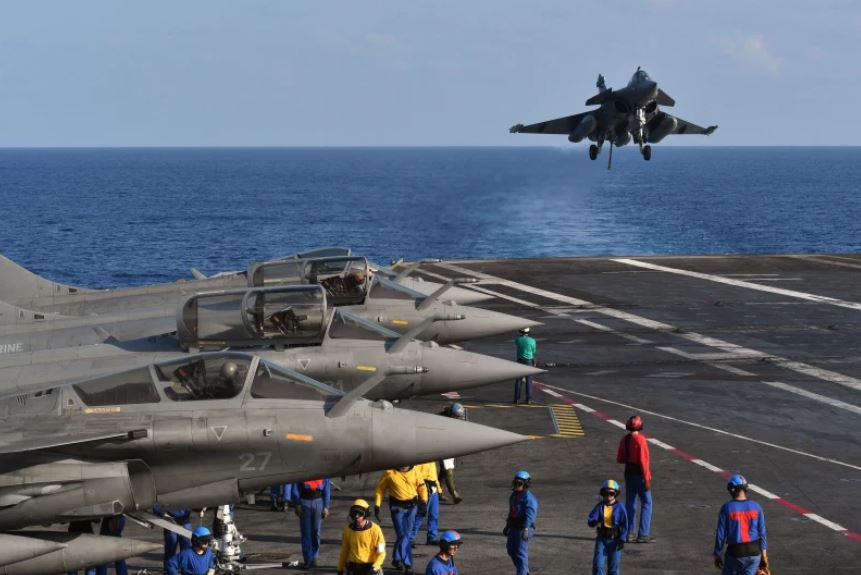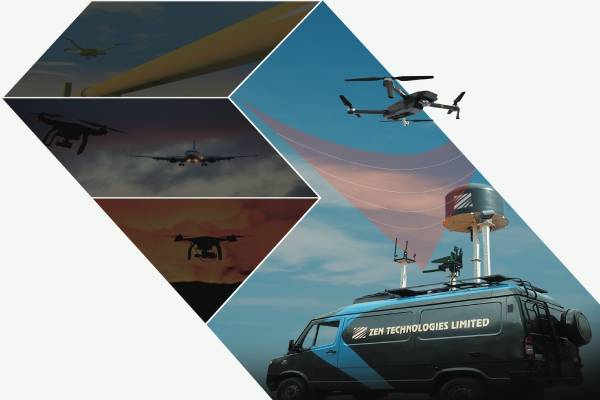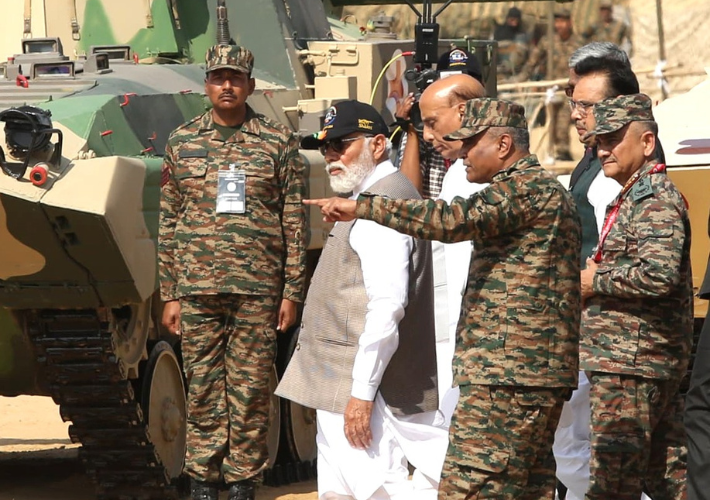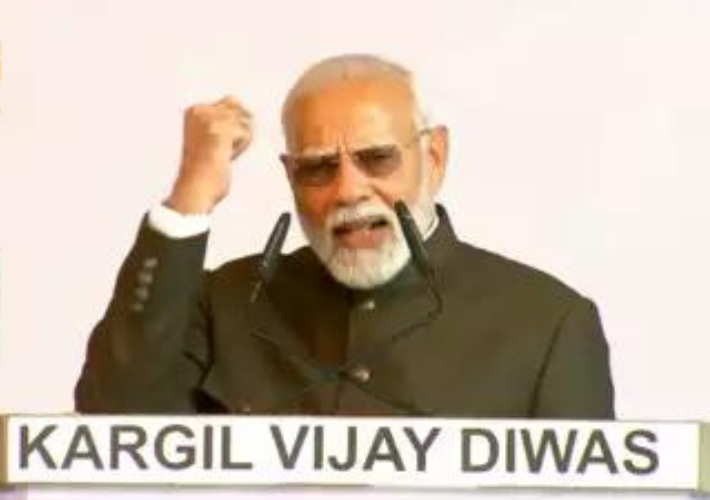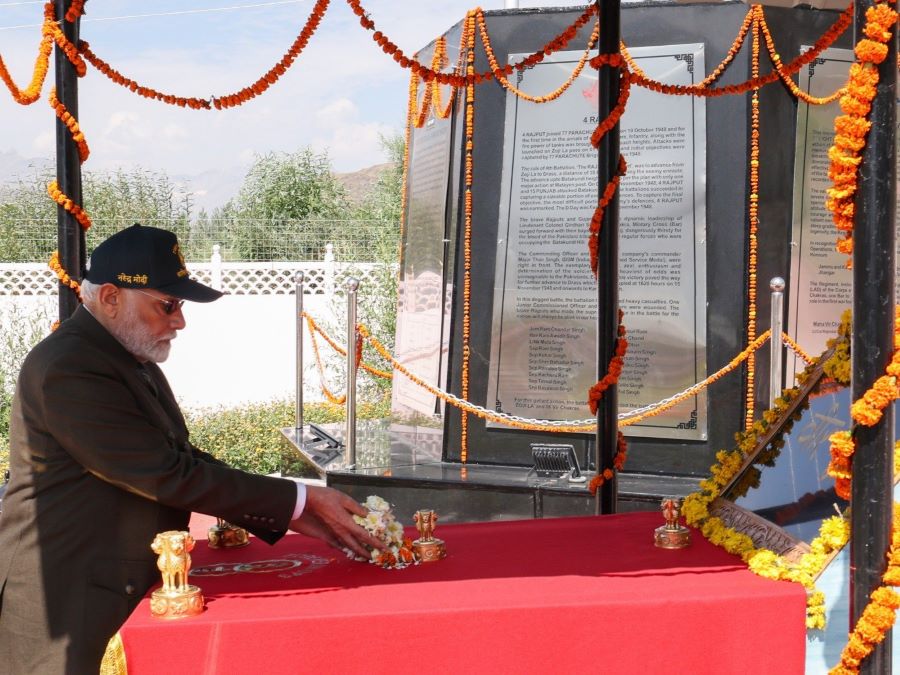Last week, the four Indo-Pacific Quad countries—India, Japan, Australia, and the United States—completed a series of joint naval exercises in the Indian Ocean. The Malabar exercises began in the Bay of Bengal with routine air-sea drills involving destroyers, frigates, and helicopters. The second phase, held off the Malabar coast in the Arabian Sea, brought in the big ships: the Indian aircraft carrier INS Vikramaditya and the supercarrier USS Nimitz. It was a rare opportunity for U.S. F-18s to train alongside India’s Russian-built MiG-29Ks under the direction of the U.S. Navy’s E-2 Hawkeye surveillance aircraft.
Both the Quad itself—a loose relationship more formally known as the U.S.-Australia-India-Japan Consultations—and the Malabar exercises linking its four members have been touted (and dismissed) as an “Asian NATO.” Some of the impetus for the idea that the Quad could turn into a full-fledged military alliance came from U.S. Deputy Secretary of State Stephen Biegun, who pointed out that “even NATO started with relatively modest expectations” when it was founded in 1949. But a better way to imagine a path forward for the Quad is to compare it to NATO today. Most people regard NATO as a hard military alliance, but no one seriously expects Russian tanks to sweep into Germany and France—and NATO’s Eastern European members are certainly not waiting for Iceland and Portugal to rise to their defense.
In reality, today’s NATO is primarily a training and standards-setting organization, with a military alliance tacked on for show. Its own website lists its first purpose as political (“NATO promotes democratic values”) and only its second as military (“NATO is committed to the peaceful resolution of disputes”). NATO maintains programs on arms control, human trafficking, gender diversity, energy security, and the environment. Those are all issues the Quad can and should be tackling. As for NATO’s harder edge, exercises like Malabar can be extended to embrace NATO missions like counterterrorism, cybersecurity, and ballistic missile defense.Read more…




